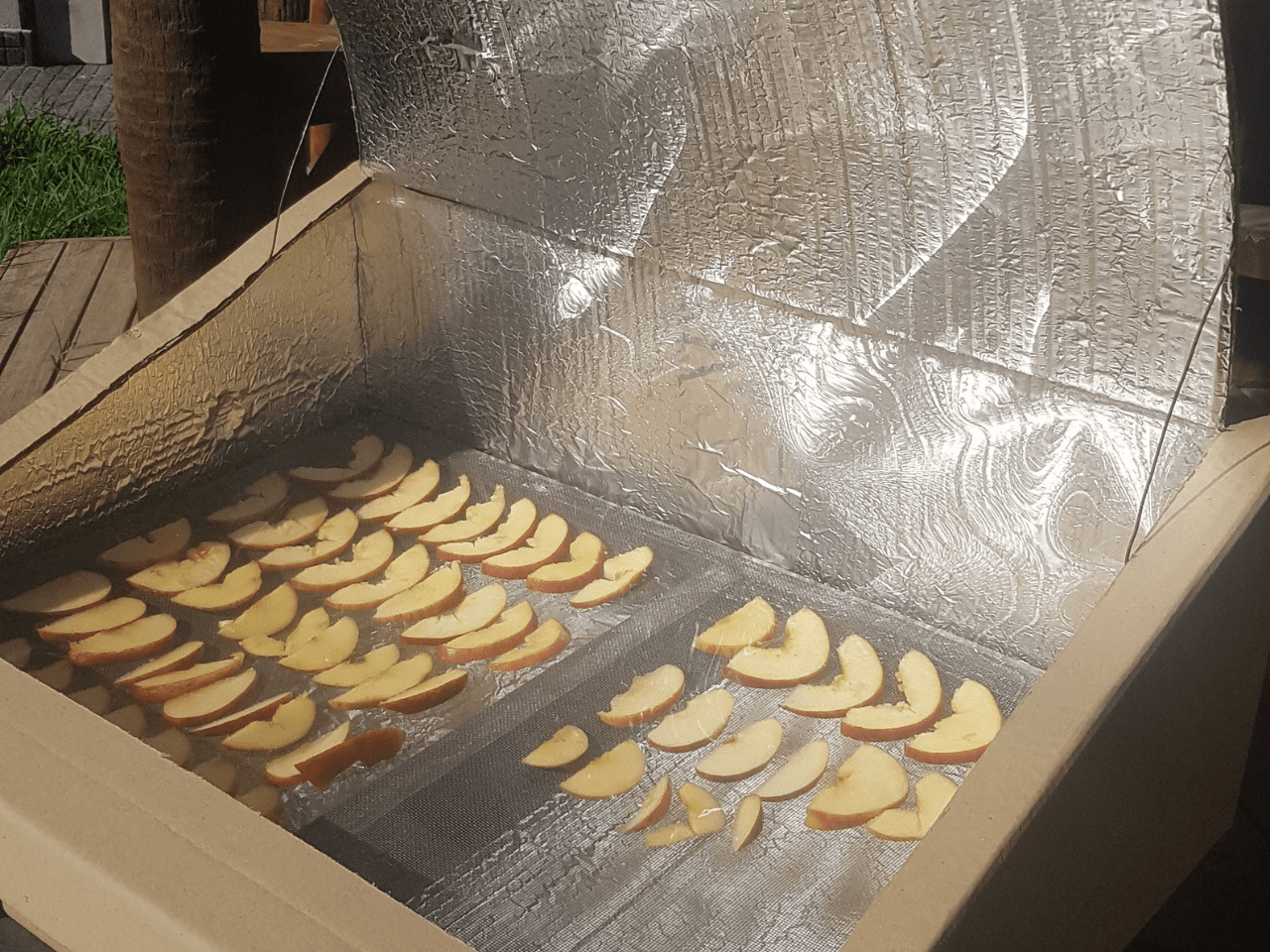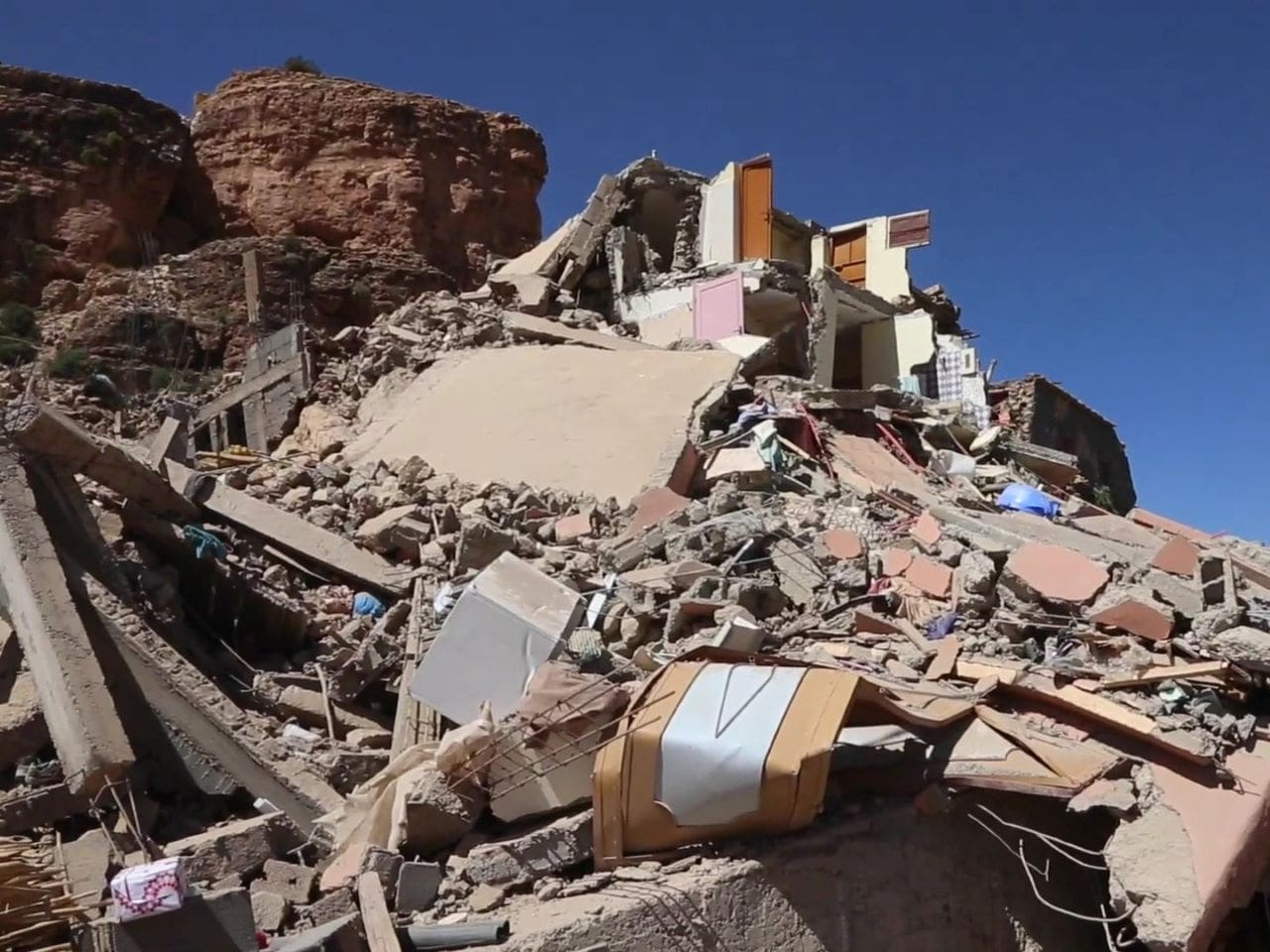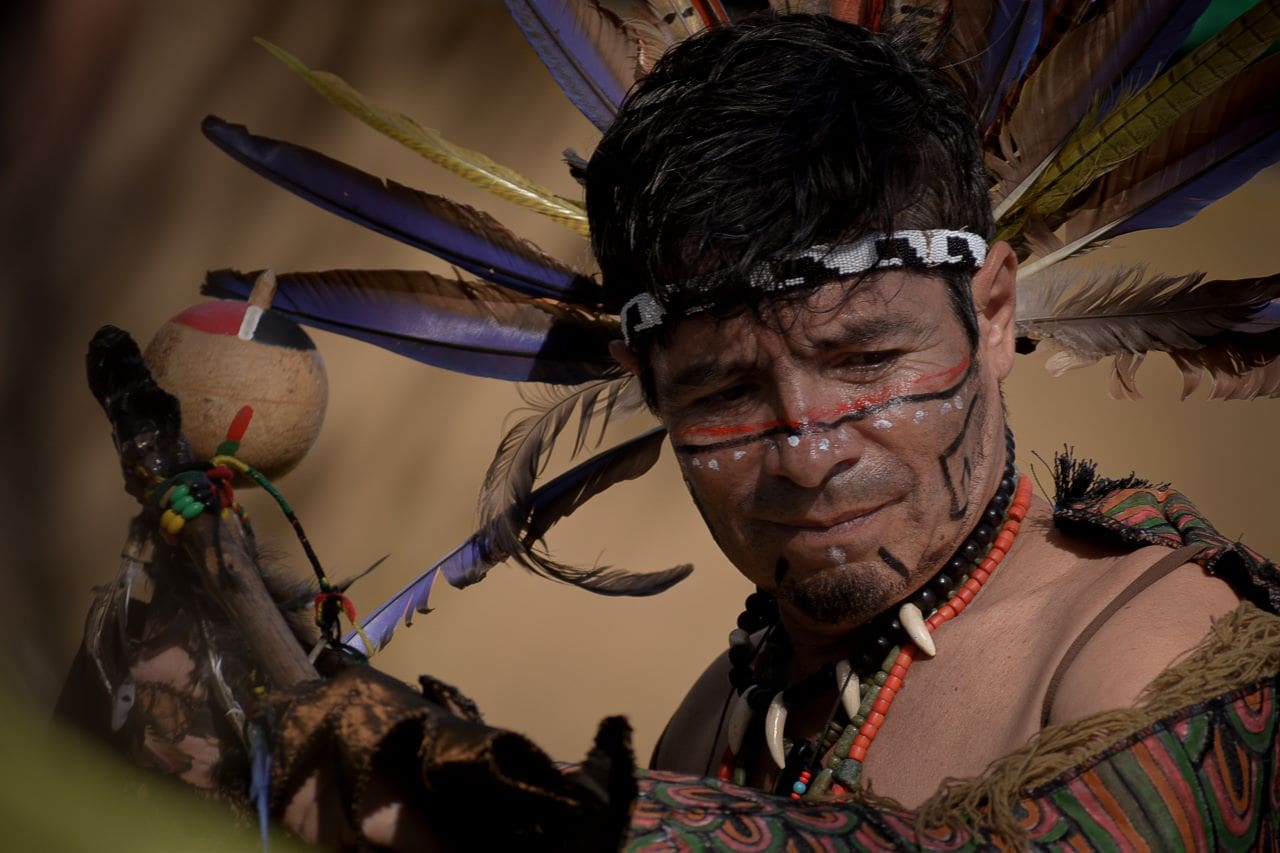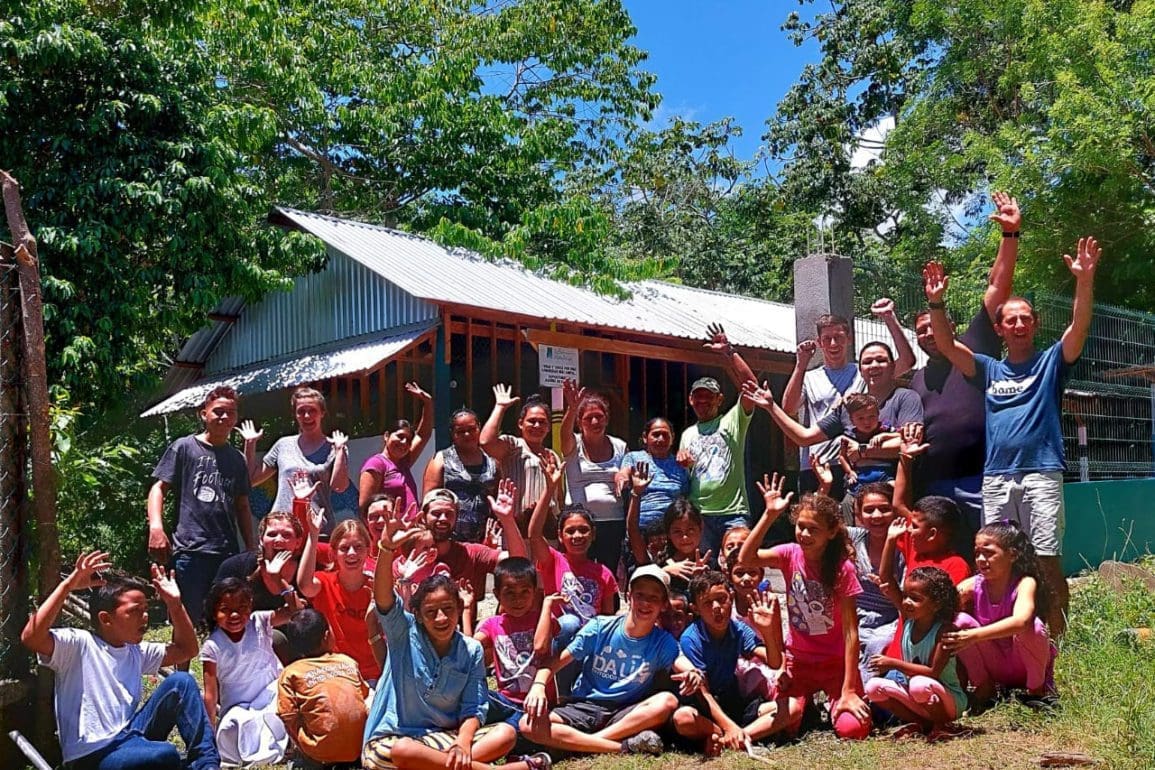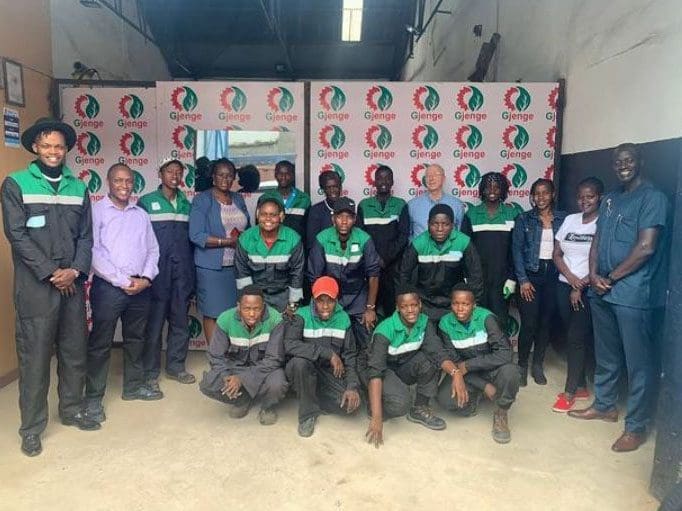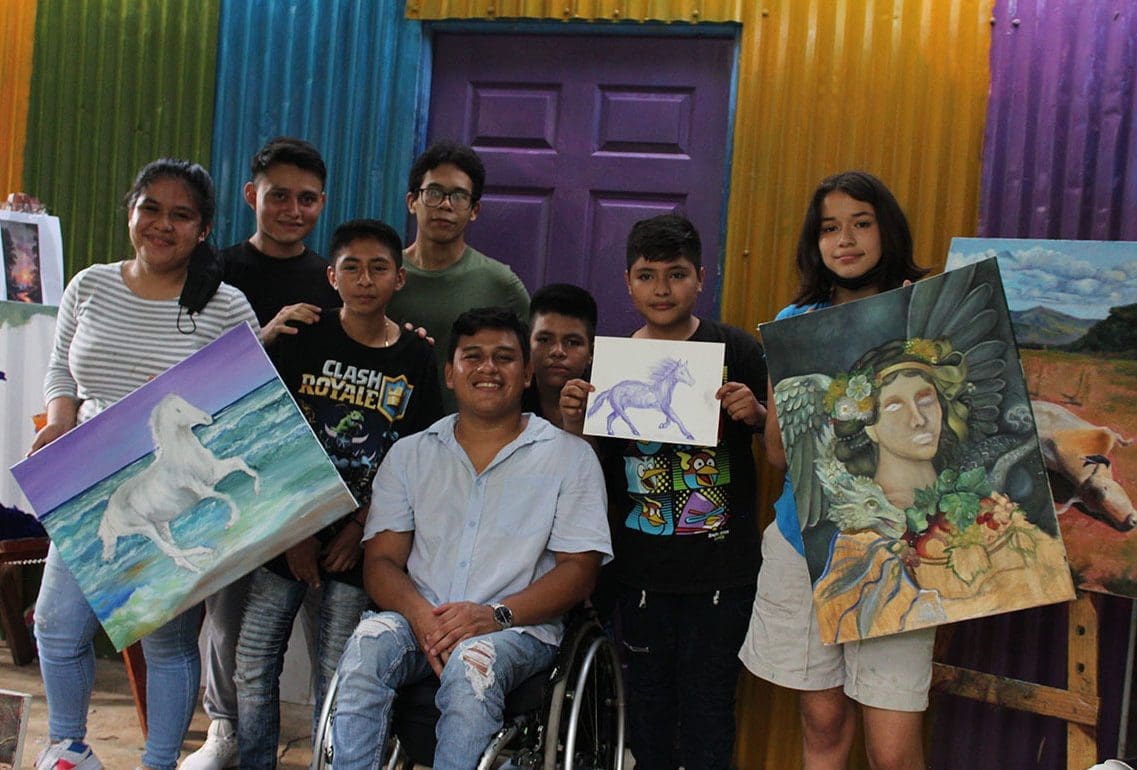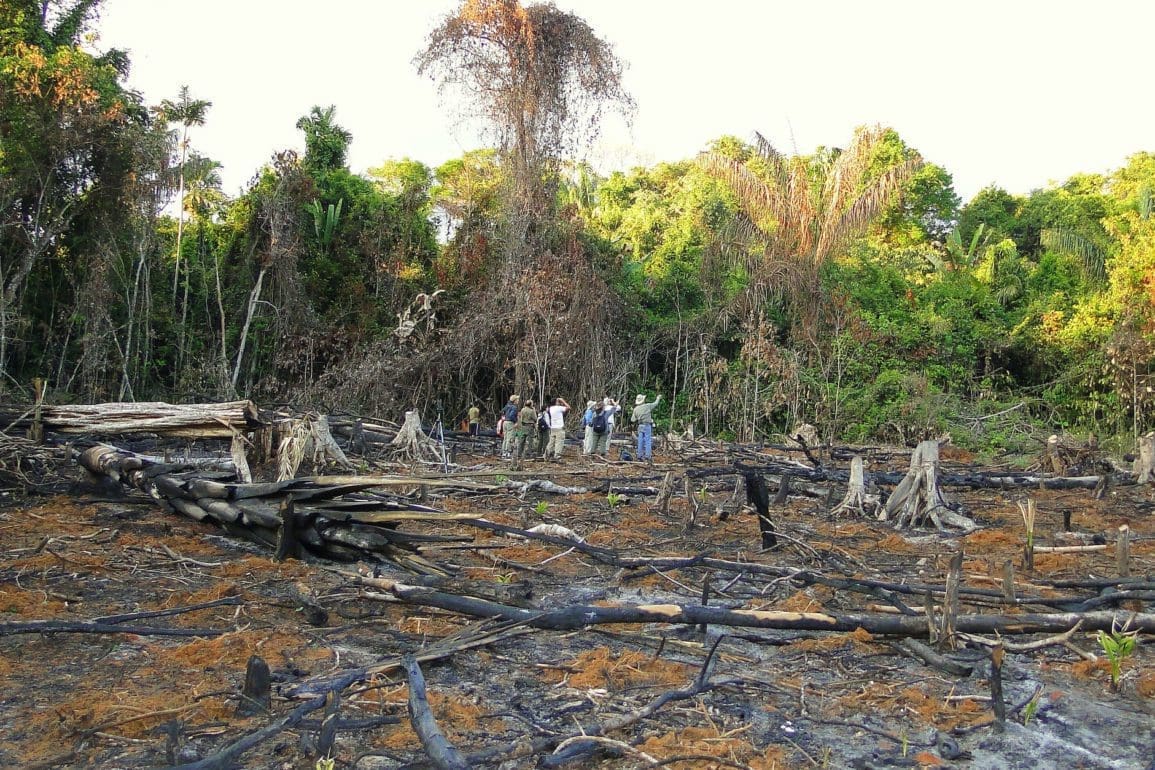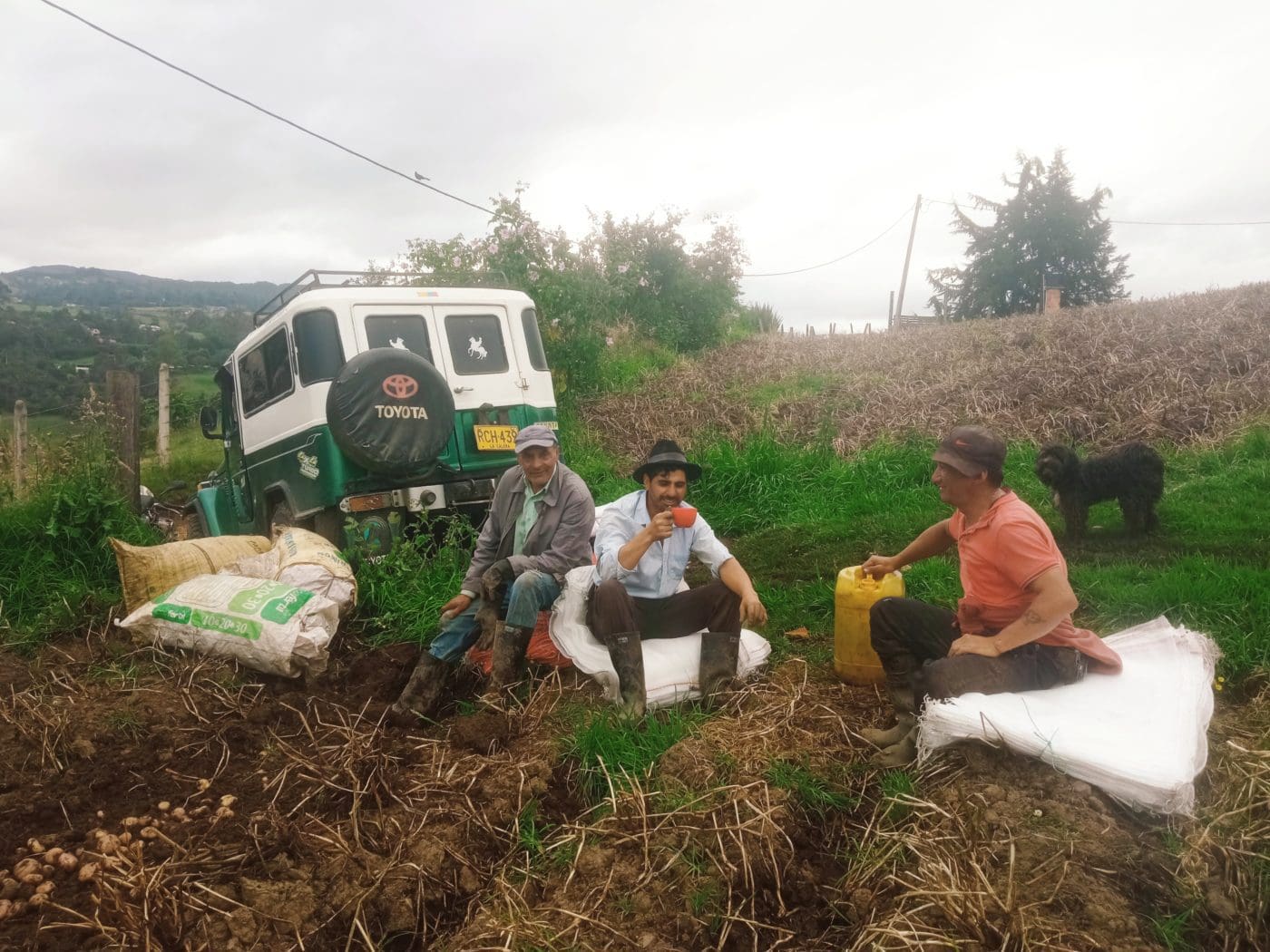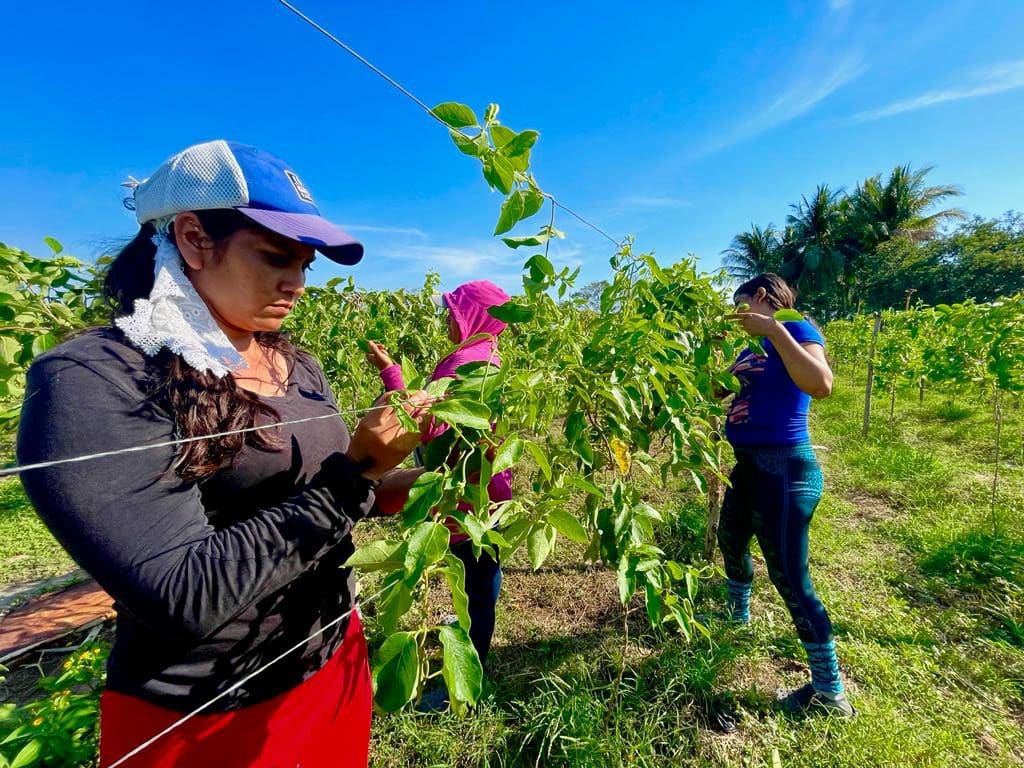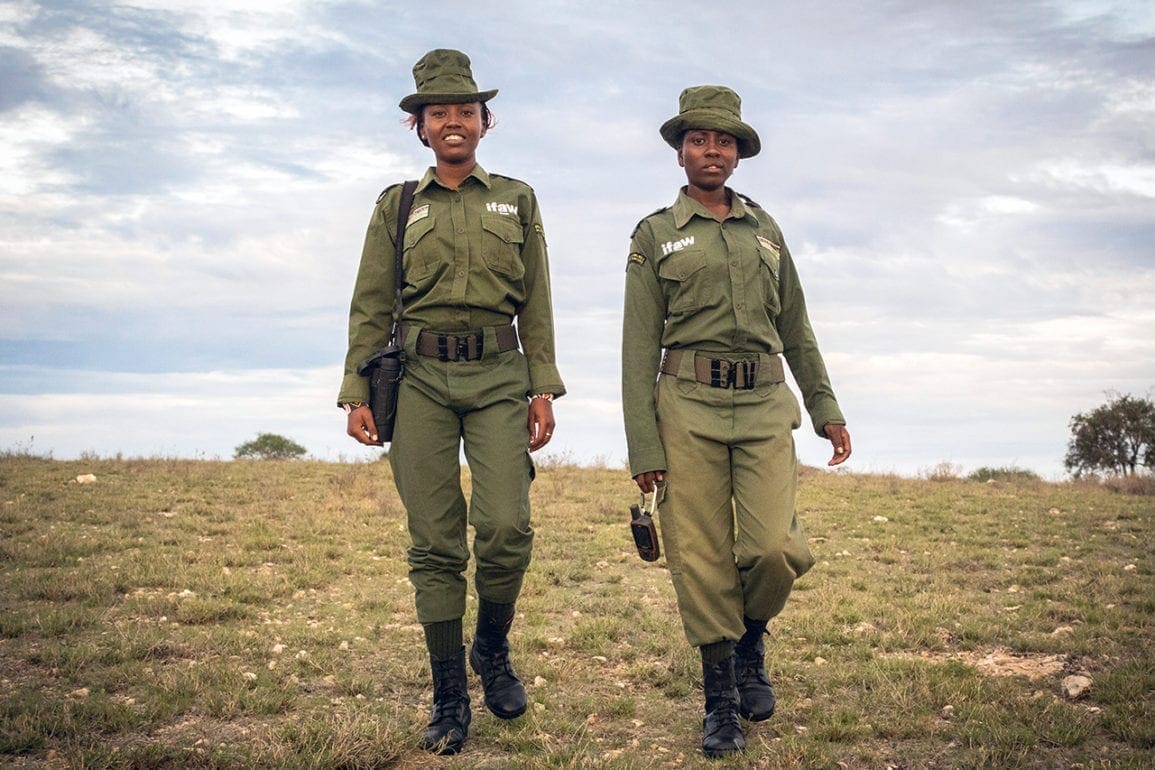Paleontologists discover new species of dinosaur in Argentina
We started digging and other, impressive bones appeared. We found the arm bones – the most interesting anatomical parts of this dinosaur – in the very early days of excavation. We quickly realized our discovery was extremely important.
- 2 years ago
September 18, 2022





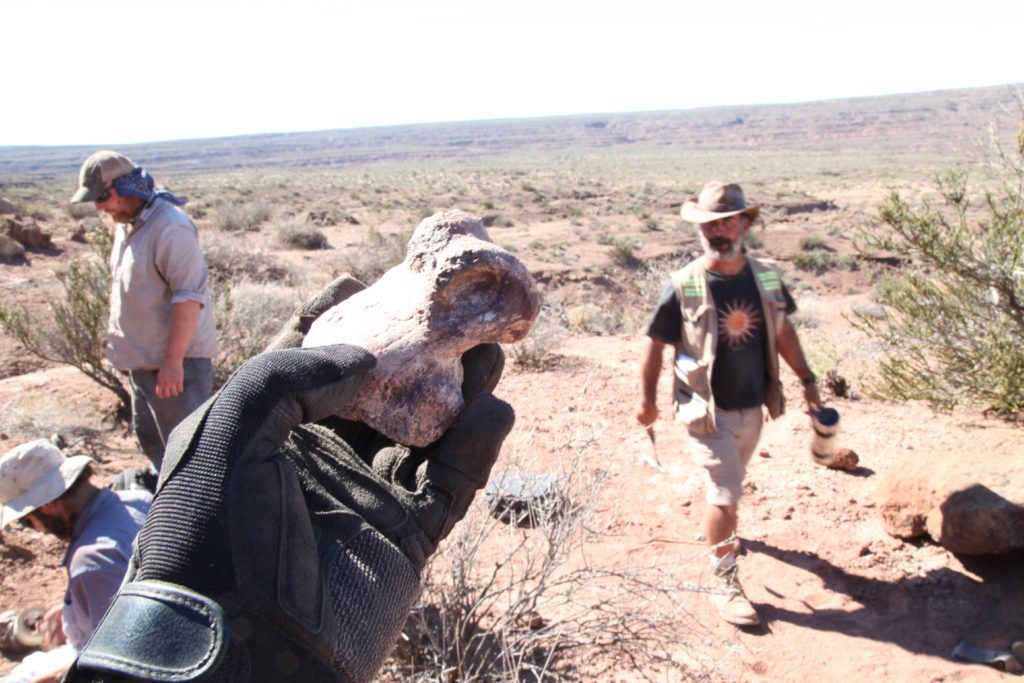


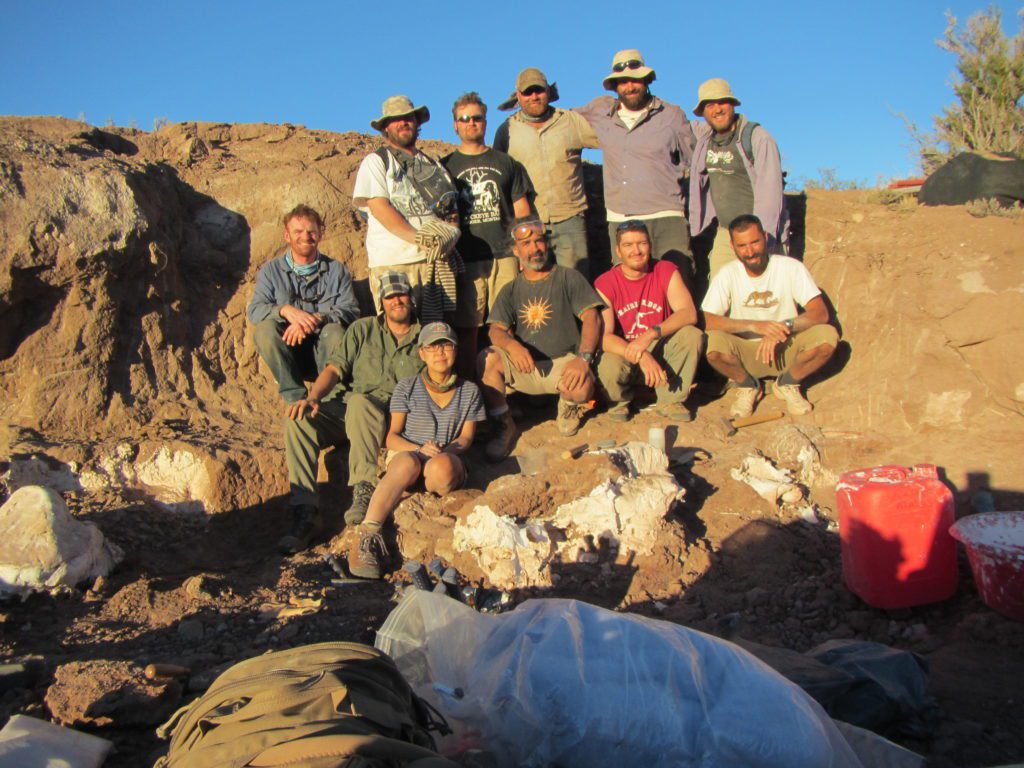

NEUQUEN, Patagonia, Argentina ꟷ I discovered, along with my coworkers, a new species of carnivorous dinosaur. One of the most remarkable moments of my career, our discovery achieved worldwide recognition. At my suggestion, we named the species Meraxes Gigantis after one of the dragons from the saga A Song of Ice and Fire, which inspired the Game of Thrones.
We arrived at Cañadón de Las Campanas with colleagues from the Félix de Azara Foundation in Buenos Aires and The Field Museum in Chicago. The location stood just 20 kilometers from El Chocón where I live. We spent the night in a small, abandoned house where a farmhand once lived.
The next morning, I walked five kilometers to a small hill with a plain of 50 by 20 meters. We split up into groups for the first prospecting outing. I went with Dr. Pablo Gallina into a small canyon and saw bones from herbivorous dinosaurs with long necks.
Just beyond them, the body of a large vertebra split in half appeared. We recognized it as belonging to a carcharodontosaurid or a large carnivorous dinosaur. We looked for where that vertebra came from and found the first bones of what ended up being Meraxes.
Paleontologists discover new species of large dinosaur
We started digging and other, impressive bones appeared. We found the arm bones – the most interesting anatomical parts of this dinosaur – in the very early days of excavation. We quickly realized our discovery was extremely important.
Unearthing the dinosaur’s bones felt incredible. Adrenaline rushed through my body. The best of my job happens in those moments. This time, it went on the entire day. Something appears and you start digging. You realize it is good and excavate more. The remains removed from the ground move to the laboratory for preparation and cleaning. Then, more pieces show up. Sometimes we do not realize everything we removed until the technicians in the lab prepare the fossils.

A tension arises, which we become accustomed to. We feel anxiety, wanting the remains to be cleaned and readied quickly, but nothing can be done at a fast pace in one excavation. To discover the bones of Meraxes, we removed almost two meters of rock.
In the first excavation, we did not use heavy tools. Rather, we relied on hammers, chisels, and brushes. The following year during the second excavation, we brought jackhammers, generators, and rock cutters. Heavier tools allowed us to move faster and made the work lighter.
At first glance, we knew we found something interesting. In other places in the province of Neuquén, dinosaurs of this group appeared, so we had to verify whether our dinosaur was a new specimen or a known species. To complete that verification, we had to wait for all the materials to be readied by the lab. Then we compared, bone by bone, our discovery against the other species.
Discoveries continue, inspiring dreams from youth
During the second excavation, I suspected our discovery represented a new species and I mentioned it to my colleagues. Mapusaurus – another dinosaur discovered in that area – had different pelvic bones from the well-preserved ones we found. While finding a new set of bones from an existing species brings excitement, discovering an entirely new species gives cause for celebration.
As paleontologists, we are like kids who never lost their passion for dinosaurs. We maintained our childlike desire and amusement; we love the topic and it still astonishes us. I feel captivated by dinosaurs. Being able to go out and look for dinos – to find, study, and present them to the world; to give them names – offers me enormous satisfaction.
Born and raised in La Plata, I always asked my parents to take me to the city museum. Everything there amazes me. At first, I could not decide if I liked dinosaurs or archeology more. Everything in the museum interested me. Then, Jurassic Park came out in 1993 when I was 14 years old. I made up mind; I wanted to study dinosaurs.

That same year in El Chocón, where I live and work today, Rubén Carolini found the remains of the iganotosaurus. That very dinosaur played the role of the protagonist in the last film of the Jurassic Park saga, Jurassic World Dominion. Carolini worked at a hydroelectric plant and notified the paleontologists Leonardo Salgado and Rodolfo Coria of his discovery.
The place where I work today came about because of that discovery, and the locality intends to have a place to protect the remains and have them displayed on the site.
Studying dinosaurs brings forth a childlike curiosity
My youngest son loves dinosaurs. Though I have not pushed it, he remains obsessed. I talk about dinosaurs to him and my daughter, and give them dinosaur things, but he is crazy about them. He talks about dinosaurs all the time.
I see myself in him. Although, when I was young, we did not have quick access to information. Today, you can watch a video on your phone or computer. I had to ask my mom to buy me a book on the subject or take me to the library. Dinosaurs produce an incredible fascination in children. Perhaps because they look like giants or monsters; or that they even existed at all.
Much work remains in regard to our of discovery of Meraxes. We published a general work, including some focus on evolutionary issues, describing the new species. The first publication had a major impact worldwide. Any new species of a giant carnivorous dinosaur attracts attention. Not only that, but the material also remains complete and in very good condition. We made some interpretations about the evolution related to body size and the size of the arms, which were quite short in the case of Meraxes.
This means a common ground exists between Meraxes (a carcharodontosauridae with tyrannosaurids) and other dinosaurs as part of that evolution theory. The recently discovered Meraxes shows a similar evolutionary pattern in terms of how much the arms shrink.
We still need to describe each part in detail including the anatomical descriptions of each of the materials, muscle reconstruction, and analysis of histological sections of the bones.







































































































